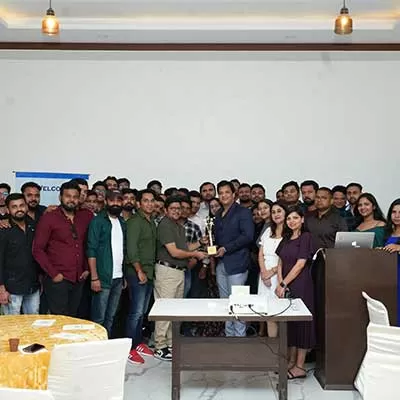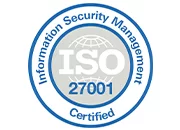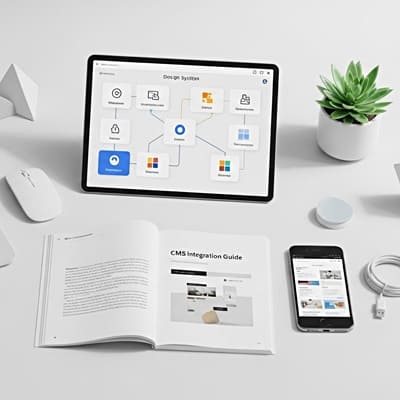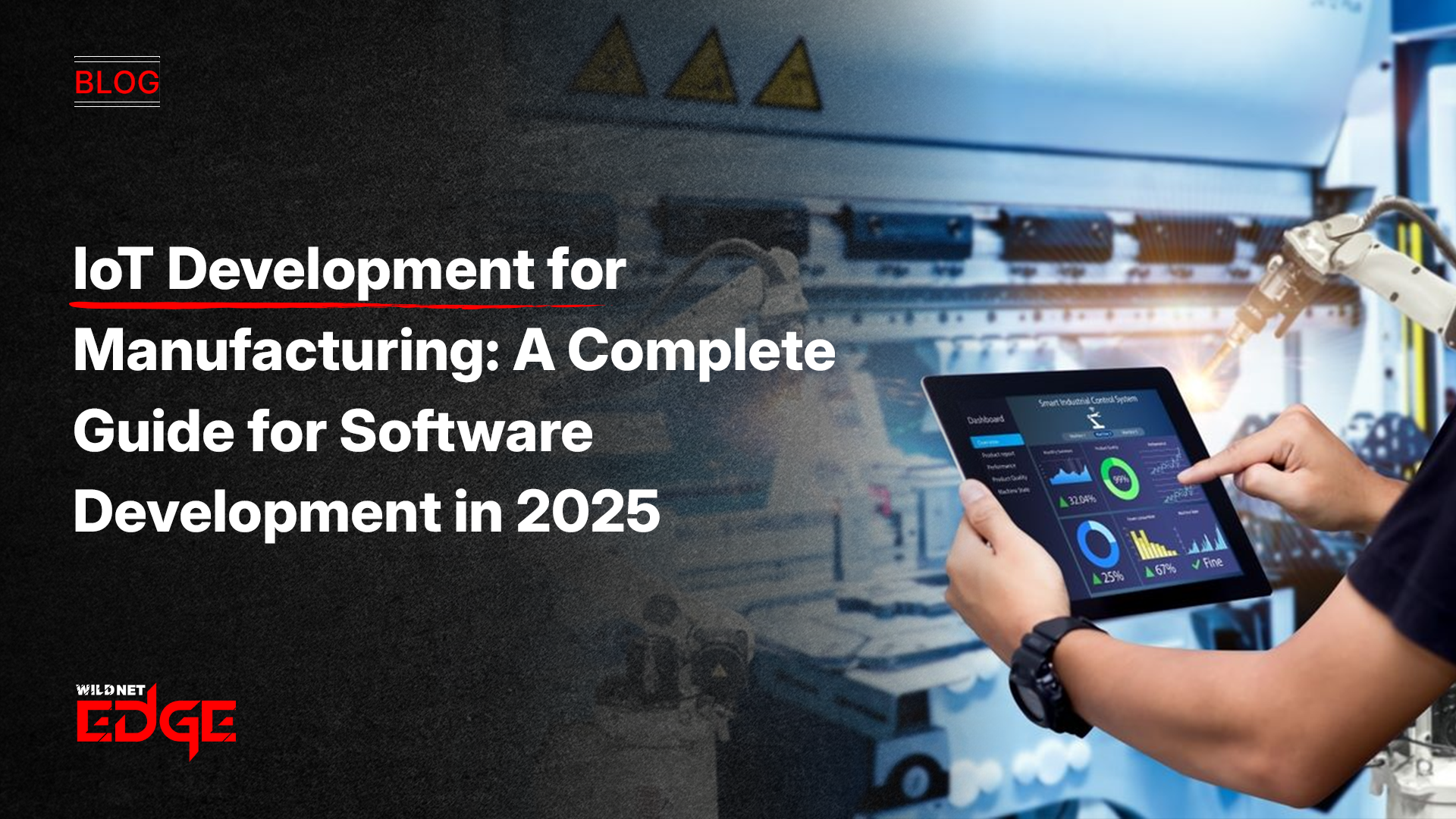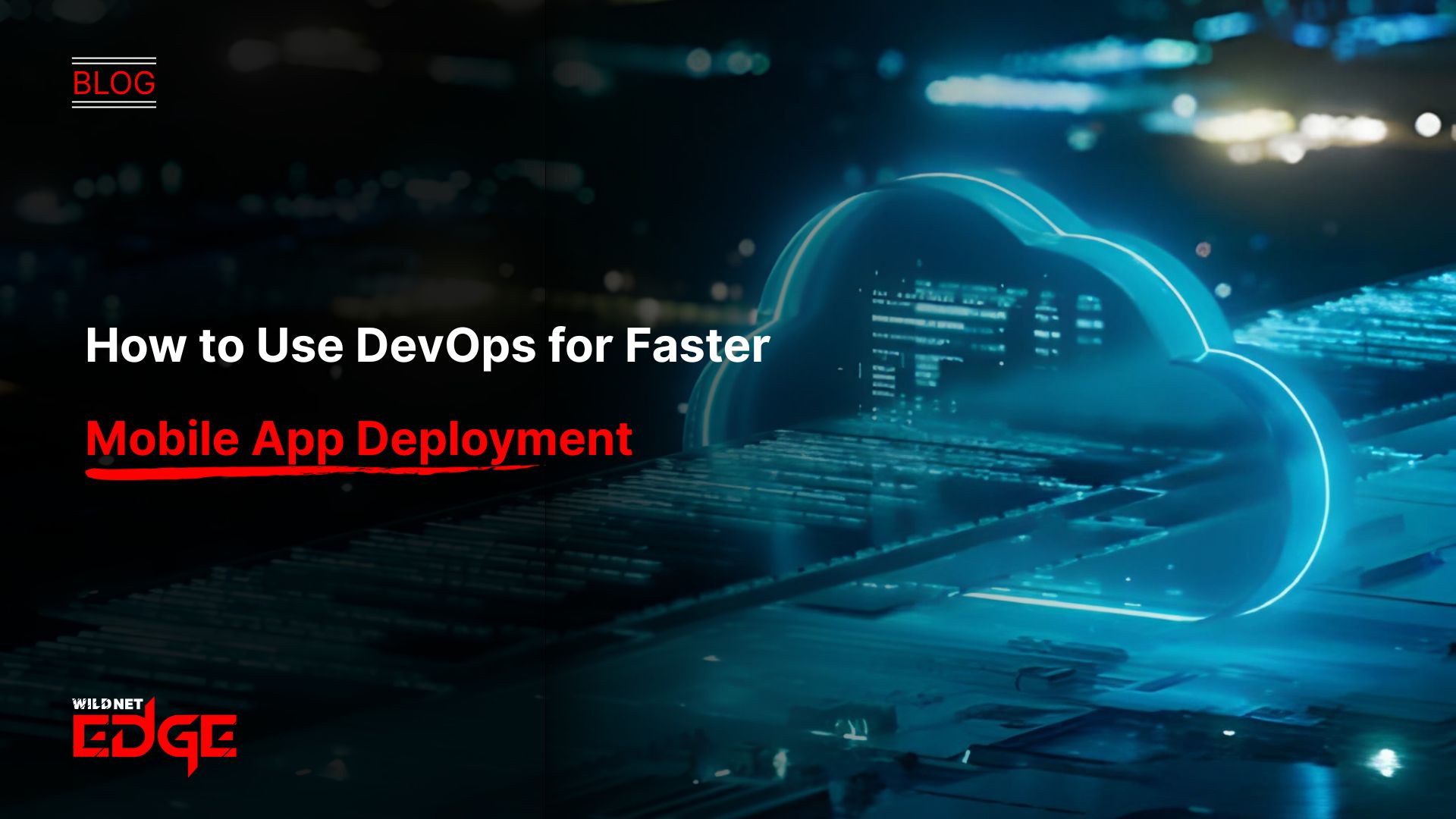Summary
In 2025, the integration of smart sensors, cloud computing, and artificial intelligence is redefining how manufacturers operate.This guide explores the role of IoT development for manufacturing, real-world use cases & why working with an AI-first development company like Wildnet Edge is pivotal in unlocking efficiency, safety, and scalability in manufacturing ecosystems.
Key Takeaways
- IoT development for manufacturing is driving automation, reducing downtime, and enabling predictive maintenance.
- AI-first strategies in IoT development services lead to faster innovation cycles.
- Real-time data analytics and edge computing are becoming essential in smart factories.
- Custom solutions like custom IoT applications and IoT product development are replacing legacy systems.
- Working with IoT development companies that integrate AI ensures future-proof solutions in 2025.
The manufacturing industry is entering a new era where every asset, machine, and process is connected, monitored & optimized through the power of the Internet of Things (IoT).
As factories evolve into intelligent systems, IoT development for manufacturing has become a top priority for businesses seeking to enhance productivity, traceability, and cost efficiency.
But in this ever-changing landscape, traditional software development is no longer enough.
In 2025, success belongs to businesses that collaborate with AI-first development companies to design smart & autonomous ecosystems that learn and evolve continuously.
This blog takes a deep dive into the importance of IoT development for manufacturing, real-world examples, and how custom AI-infused solutions are setting the benchmark.
A few facts about IoT development in 2025
– The number of IoT connections across the globe in 2025 is expected to cross 19.8 billion devices.
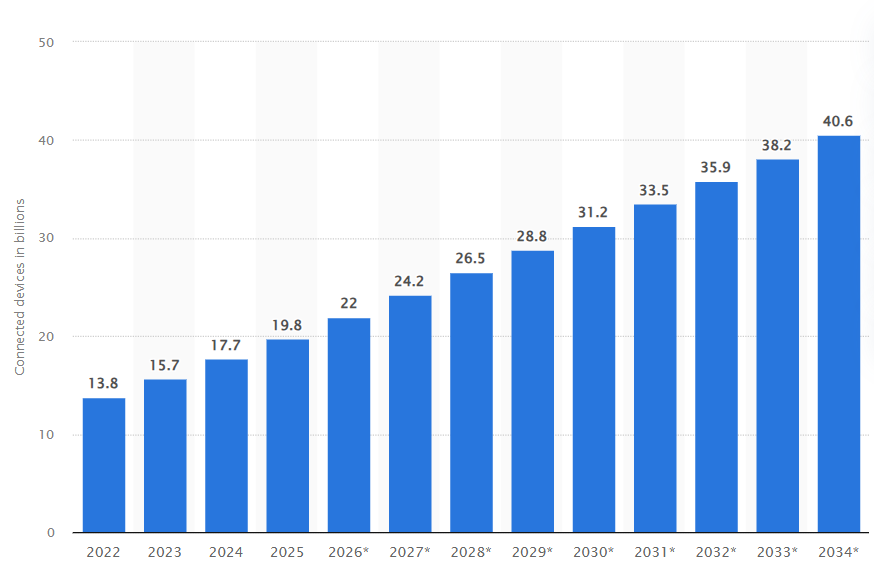
IoT devices from 2022 to 2032
– China is expected to have the highest number of IoT devices, i.e., 7.51 billion in 2032.
– The top IoT-using industries are Electricity, Gas, A/C, Retail and more.
– In the consumer segment, Internet & media devices use IoT the most.
– While there will be 1 billion IoT devices for autonomous vehicles, smart grids, asset management, and IT infrastructure by 2033.
What is IoT Development in Manufacturing?
IoT development in manufacturing refers to the creation & integration of smart systems that connect machines, sensors, software, and cloud platforms to streamline industrial operations.
This includes everything from IoT product development to custom IoT applications that help monitor machine performance, automate tasks, and analyze data in real time.
At its core, it combines hardware (like sensors, actuators, and edge devices) with software platforms that process & visualize the data.
The goal is to
– improve efficiency,
– predict maintenance needs,
– reduce downtime, and
– enable smarter decision-making across the factory floor.
In 2025, IoT development for manufacturing is not just about automation.
It’s about creating intelligent as well as responsive systems that adapt & optimize themselves using AI and machine learning.
Leading IoT development companies like Wildnet Edge are pushing boundaries by designing systems that talk, learn, and act on their own.
How is the Manufacturing Sector Benefitting from IoT Devices?
The manufacturing industry is seeing a profound transformation through IoT devices.
From predictive maintenance and remote monitoring to quality control & supply chain transparency, the benefits are both operational and strategic.
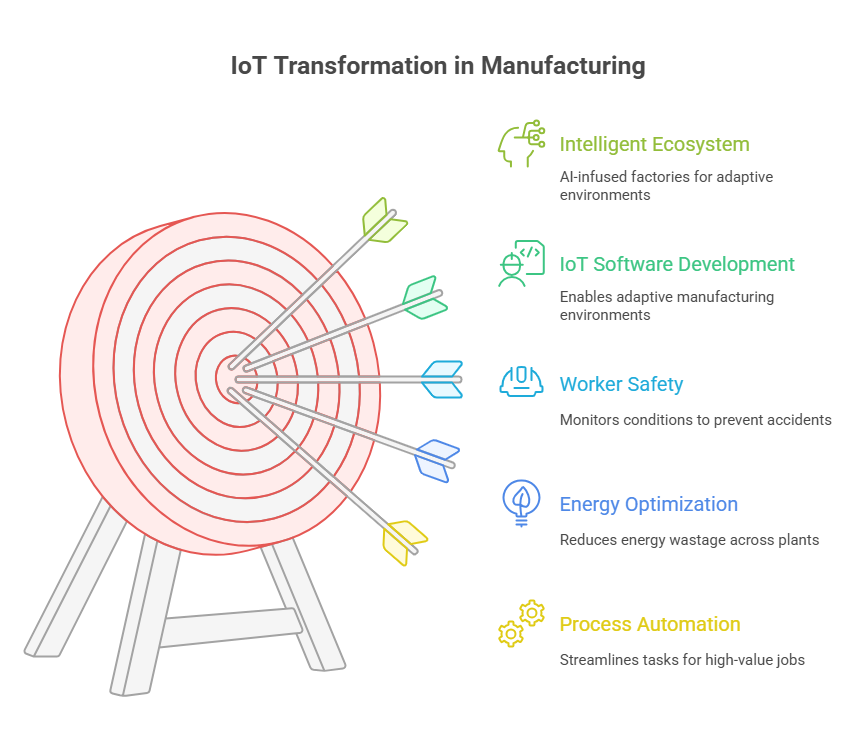
5 ways IoTs are helping the Manufacturing Companies
Here’s how:
Predictive Maintenance
Sensors on machines send real-time alerts to anticipate failures to reduce costly downtimes.
Process Automation
IoT-enabled devices streamline repetitive tasks, freeing human workers for high-value jobs.
Asset Tracking
Smart tags and GPS modules offer real-time location & condition tracking for raw materials and finished goods.
Energy Optimization
IoT systems help monitor usage patterns to reduce energy wastage across plants.
Worker Safety
Wearables & smart gear monitor environmental conditions and worker vitals to prevent accidents.
With the help of IoT software development services, manufacturers are creating highly adaptive environments.
IoT machines not only execute commands but also learn and improve.
This AI-infused evolution is turning traditional factories into intelligent ecosystems.
What is an IoT Developer Responsible For?
An IoT developer is responsible for designing, implementing, and maintaining smart devices & their interconnected systems.
In the context of manufacturing, their role includes
- Creating custom IoT development solutions that gather data from factory sensors.
- Integrating IoT application development with AI to analyze machine behavior and suggest improvements.
- Building user-friendly admin dashboards and mobile apps for remote factory monitoring.
- Ensuring security in IoT solution development to protect against industrial espionage.
- Collaborating with embedded engineers for IoT design and development across physical devices & software layers.
Simply put, they transform traditional factories into smart and automated ecosystems.
Real World Case: How Wildnet Edge is Helping the Manufacturing Sector?
It is always helpful to have some real-world case studies, or shall we say success stories, to move the decision-making process faster.
Here it goes.
Case Study 1: A USA-Based IoT Company with Wearable Watch Software
Challenges:
The company needed a scalable platform to track workers’ health in hazardous environments with real-time alerts, predictive health analytics, and a centralized admin panel.
Solutions:
Wildnet Edge developed an end-to-end wearable tracking solution with real-time data streaming, geofencing, heart rate monitoring, and AI-based risk detection.
Results:
- Reduced on-site accidents by 40%
- Increased worker productivity by 20%
- Enabled real-time decision-making through a custom-built dashboard
Case Study 2: A Chile-Based IoT Firm with a Smart Cooling Solution App
Challenges:
Traditional cooling systems lacked centralized control, leading to high energy costs and maintenance delays.
Solutions:
Wildnet Edge built a cloud-connected IoT application that allowed temperature control, device scheduling, and AI-based energy optimization.
Results:
- 33% energy savings
- Improved maintenance scheduling through predictive alerts
- Enhanced user satisfaction with mobile control
Case Study 3: A UK-Based IoT Brand with a Smart Home Locking App
Challenges:
The client required a secure & scalable IoT product development solution for remote locking, access logs, and multi-user management.
Solutions:
Our team delivered a mobile-first custom IoT application integrated with AI and biometric access control features.
Results:
- 99.99% uptime in security system
- Real-time access logs across 1M+ homes
- Expansion-ready infrastructure for B2B licensing
Just imagine what WE can do for your manufacturing business…
Why AI-First Companies Deliver the Best IoT Development for Manufacturing Companies?
As smart factories become more complex, the future lies in predictive systems, not reactive ones.
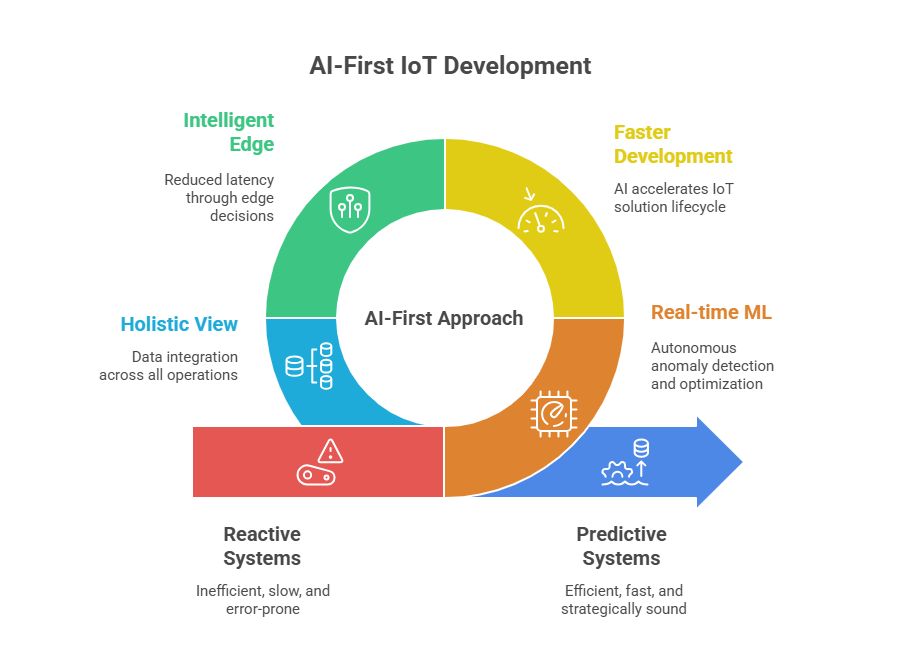
The AI-first IoT Development changes Reactive approach to Proactive.
Here’s why AI-first IoT development companies like Wildnet Edge are critical:
- Real-time Machine Learning: AI algorithms adapt to anomalies and optimize processes autonomously.
- Faster Time-to-Market: AI-assisted coding and simulation accelerate the lifecycle of IoT solution development while reducing the time-to-market.
- Intelligent Edge Processing: AI-first architecture enables decisions at the edge for reduced latency.
- Holistic View: AI integrates data across operations, turning IoT software development services into strategic tools.
In 2025, combining AI and IoT isn’t an upgrade; it’s the new standard.
Conclusion
The manufacturing sector is no longer driven by machines alone.
It’s powered by data, insights, and autonomy, which are made possible through advanced IoT development for manufacturing.
As we’ve seen through the case studies, intelligent platforms built by companies like Wildnet Edge are driving measurable change across the globe.
From custom IoT development to AI-led IoT design and development, the future belongs to manufacturers who embrace digital transformation with vision & with the right technology partners, of course.
Wildnet Edge is an emerging AI-native development company that is here to upgrade the world, client by client. We are the AI arm of Wildnet Technologies that has made its presence felt across the globe via 8,000+ projects in the digital realm.
If you wish to know more,
> Top 7 Product Development Strategies Used by Successful Tech Startups
> Your Next Developer Might Not Be Human, And That’s Okay
> Botflix and Chill (our weekly newsletter from the thought leadership about the latest in the AI world.)
Connect with us now at sales@wildnetedge.com and get an IoT solution custom-made just for you.
FAQs
FAQ 1. Why is IoT development gaining importance in the manufacturing sector?
Ans: Users want smart solutions, and manufacturers want to deliver them.
And IoT, or Internet of Things, devices ensure the same, plus they drive the prices as well.
FAQ 2. What is an IoT developer responsible for in a manufacturing setup?
Ans: They create intelligent, secure, and scalable applications that manage & analyze data from factory equipment.
This data can be used to make the devices smarter and the users’ lives better.
FAQ 3. Why should manufacturers choose custom IoT applications over off-the-shelf tools?
Ans: Custom solutions are tailored to specific workflows, enabling higher efficiency, better data integration, and a competitive advantage.
While, with a readymade IoT solution, businesses let its massive potential lie dormant.
FAQ 4. What are the benefits of working with AI-first IoT development companies?
Ans: They offer intelligent automation, real-time optimization, and faster innovation cycles through machine learning.
And when the whole world is looking for an AI solution, why would you not choose an AI-first company, right?
FAQ 5. How does IoT product development improve factory operations?
Ans: It improves visibility, predictive maintenance, energy efficiency, and operational safety through real-time data insights.It also opens up bandwidth for employees to upskill themselves, and an employee that can upskill is an employee that stays longer.
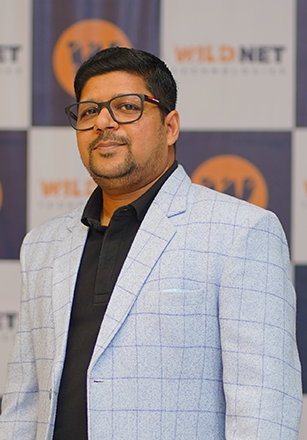
Nitin Agarwal is a veteran in custom software development. He is fascinated by how software can turn ideas into real-world solutions. With extensive experience designing scalable and efficient systems, he focuses on creating software that delivers tangible results. Nitin enjoys exploring emerging technologies, taking on challenging projects, and mentoring teams to bring ideas to life. He believes that good software is not just about code; it’s about understanding problems and creating value for users. For him, great software combines thoughtful design, clever engineering, and a clear understanding of the problems it’s meant to solve.
 sales@wildnetedge.com
sales@wildnetedge.com +1 (212) 901 8616
+1 (212) 901 8616 +1 (437) 225-7733
+1 (437) 225-7733


